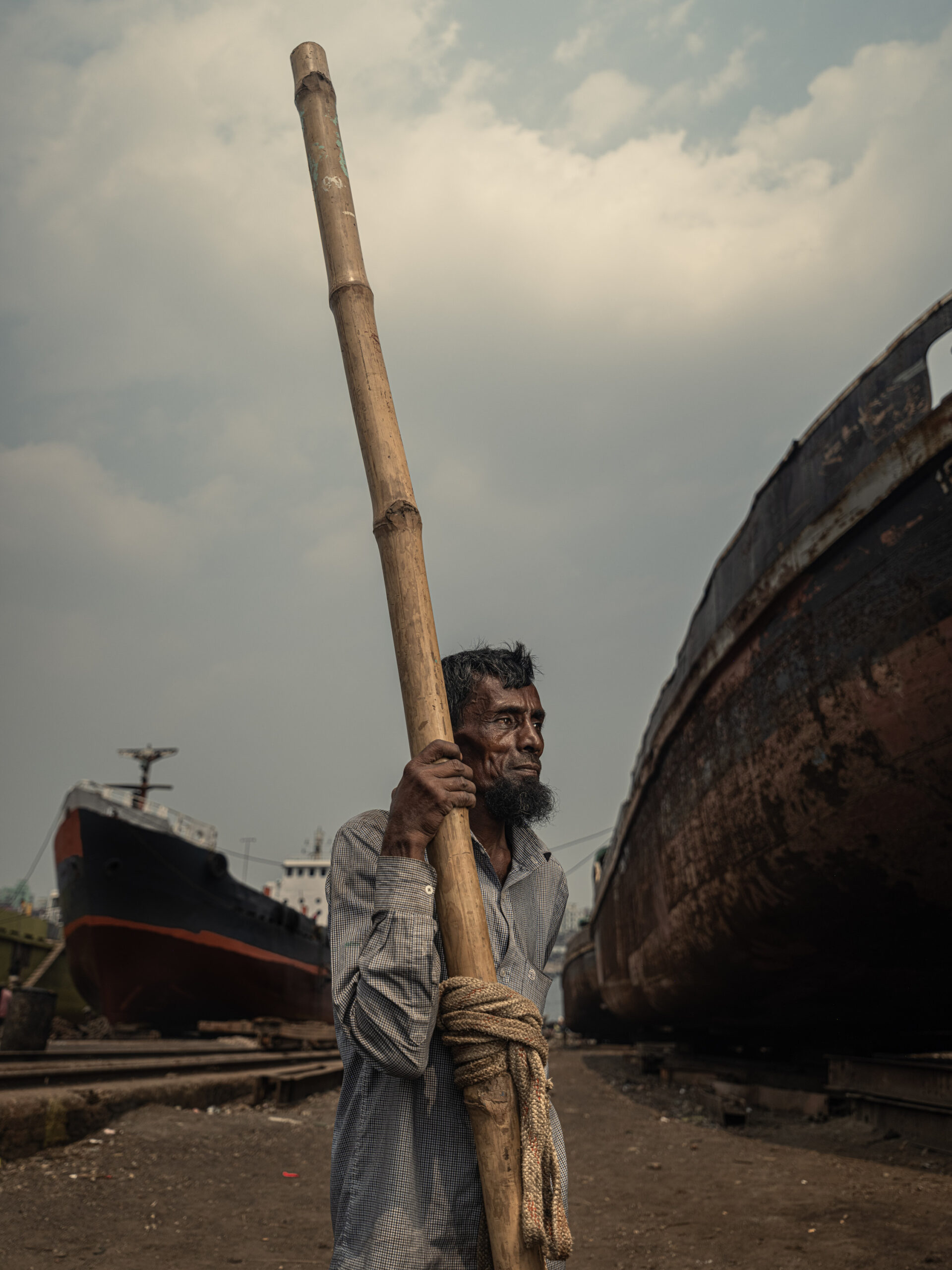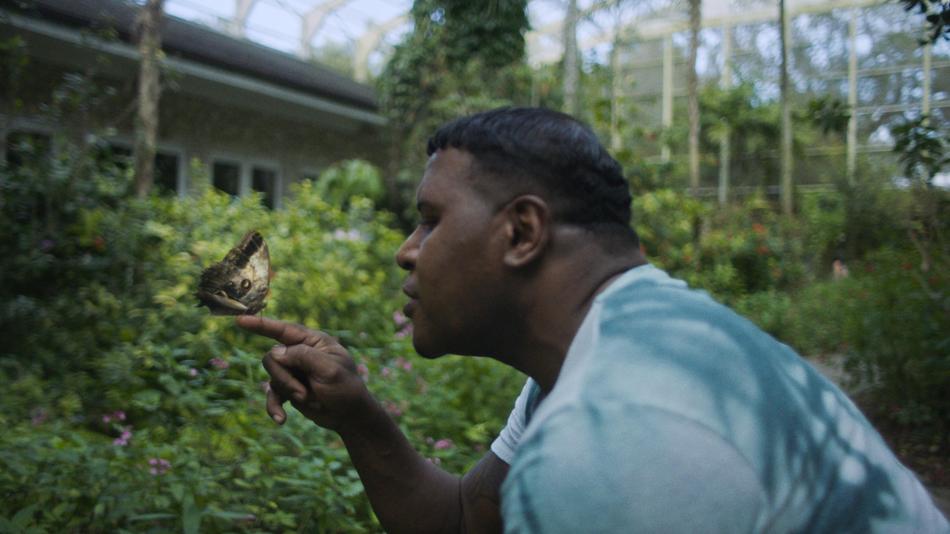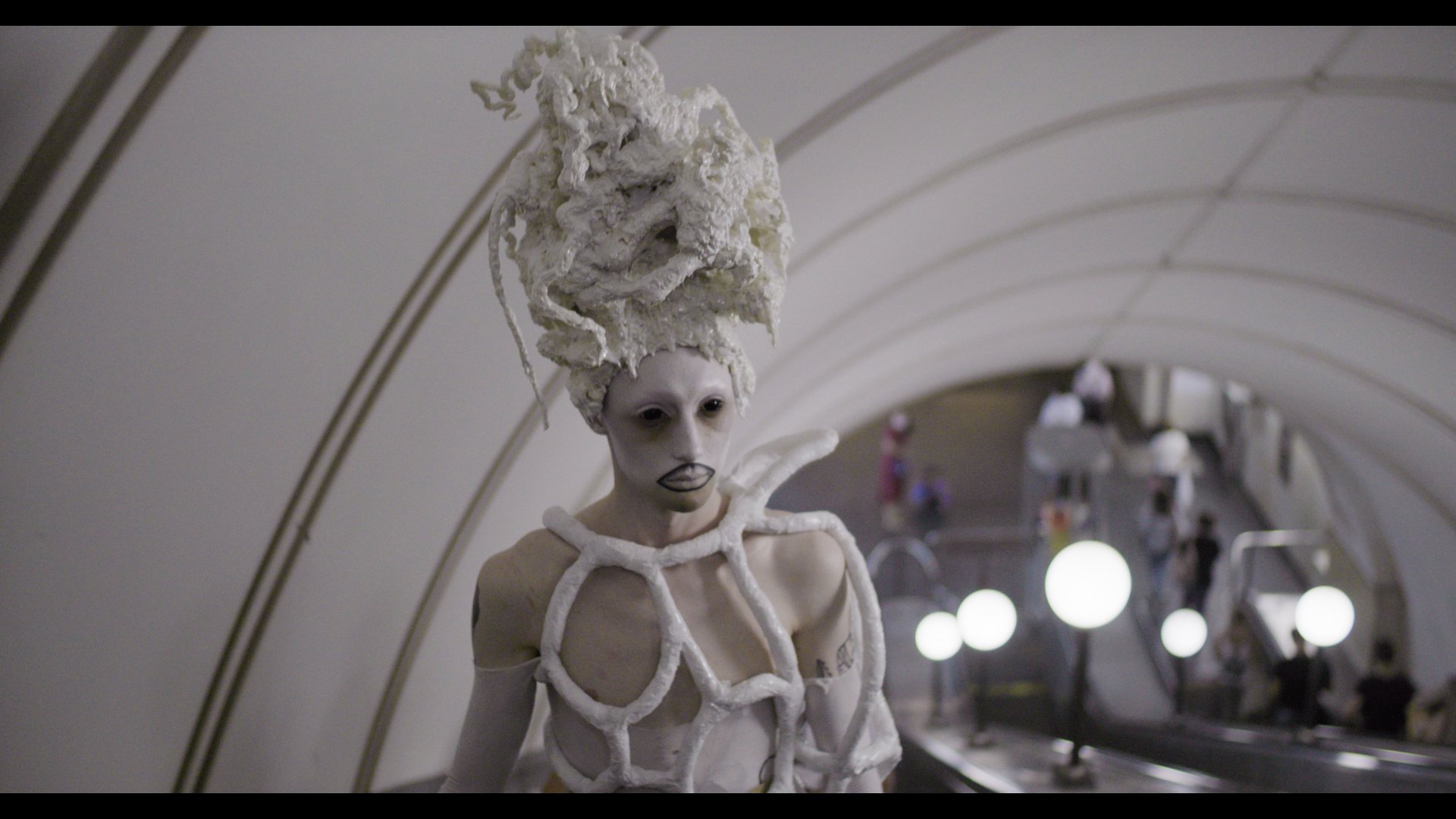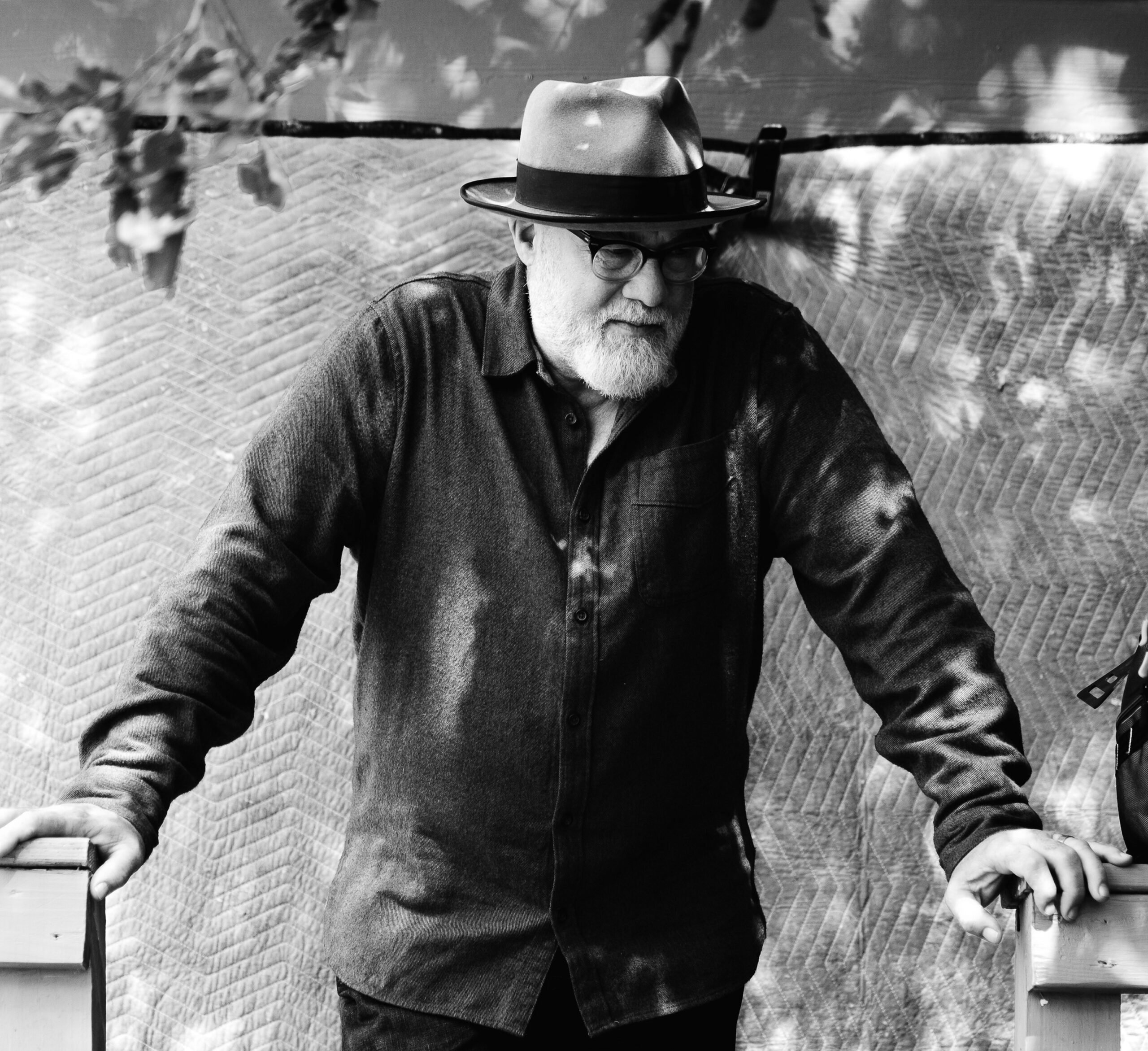
A Bittersweet Portrait of a Photographer, Obsessed
Great art has come at a cost for Dan Winters and his family, as an intimate documentary reveals.

Good photography and good cinema are cousins. So a new documentary about legendary Austin photographer Dan Winters has a built-in advantage. It can weave Winters’ own striking pictures into the telling of his backstory; it can show us a master of the form arranging and taking a shot, then reveal the photo itself, braiding the moving with the still and exposing the gulf between—where the magic happens.
Part of a National Geographic series, the hour-long documentary titled “Life Is Once. Forever.” premiered earlier this month in Austin at South by Southwest (SXSW) and is available March 19 on Disney+/Hulu and March 25 on the National Geographic channel. Part biopic, part behind-the-scenes explainer, part visual candy, the documentary explores a familiar but moving theme: the luminary, beset by certain demons, consumed by his work, reckons with himself.
“Life Is Once” begins with footage of Iceland from the sky. The 61-year-old Winters, with white beard and glasses, camera on his lap, speeds along a remote road in the passenger seat of a vehicle driven by an assistant. “Photography has just been this search for magic, this search for wonder, and there’s a masterpiece everywhere,” Winters narrates. The mountainous fingers of the Westfjords peninsula jut into what must be the Denmark Strait. As the car rounds a bend, a beached ship—hulking and rusted-out—comes into view. “Oh my God,” Winters exclaims.
Even if you’ve never heard of Winters, who’s shot regularly for Texas Monthly, you may well know his work. His portraits of the likes of Michael Jordan, Barack Obama, and Angelina Jolie (covered in bees) are the sort of images you might remember even if you never check photo credit lines. Beyond celebrity portraits, Winters is known for his photojournalism and his work focusing on science and machines.
We see Winters arranging multiple cameras to capture a rocket launch, part of documenting NASA’s Artemis program. He’s planned out each angle in advance, even hand-drawing what the photos are going to look like, a method he began deploying at a young age. Winters is possessed of “a neurodiversity,” as one commenter somewhat oddly puts it.
“He is in another reality, kinda,” says Kathryn Winters, Dan’s wife. “Being with him, it’s like you start to realize things about the world that you would definitely not be paying attention to.”

As Kathryn’s character is fleshed out, a less flattering aspect of Winters emerges: a Peter Pan-ishness that both burdens her with the logistical details of his life and, in earlier decades, caused him to misapprehend the core responsibility of fatherhood. “I manage a lot of things for him,” Kathryn says, understating the matter. When they met long ago, his life was one of artistic chaos and years of unfiled taxes. Today, she says, he does not even know what all medications he’s on—crucially for the treatment of bipolar disorder, a diagnosis he received in adulthood after a traumatic bike accident.
During their son Dylan’s early childhood, Winters’ career was skyrocketing. “He was not there; all he did was work,” Kathryn says. And when he was there, he often kept working in a way, constantly photographing their son in what became his longest-running project. “He became my muse,” Winters says at one point.
But children are not muses. They’re children. About halfway through, the documentary pivots on a scene of Winters and Dylan examining rows of photos of the latter arrayed on a wall. “Sometimes, it sort of felt like the priority was like I was an art project—more than a kid,” Dylan says, choking back a sob.
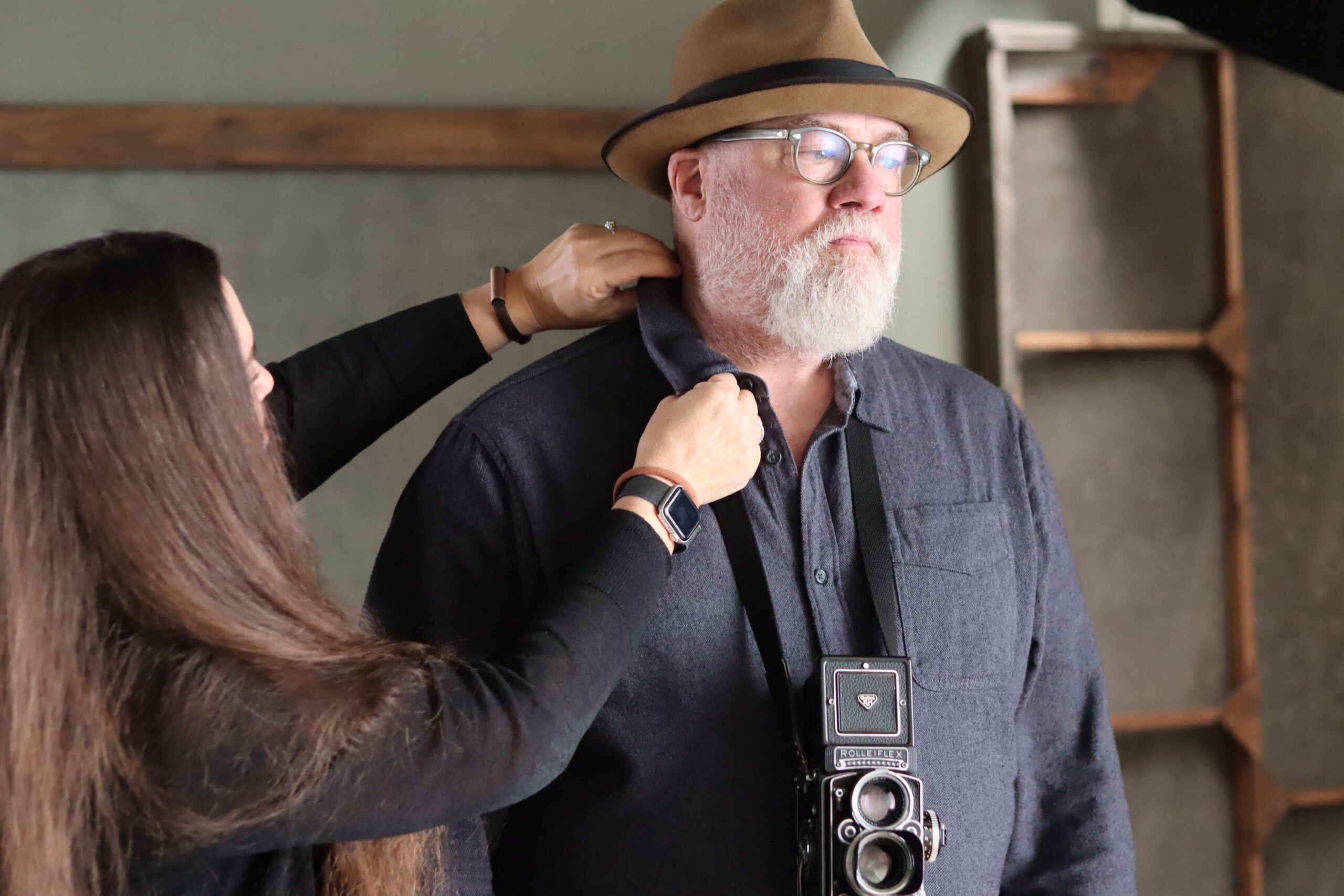
Throughout the film, Winters is chasing a childhood memory of a ship. Specifically, a “massive ocean liner literally on its side on the beach … like it was this beached whale,” which he saw in California a half-century ago. Strangely, that image—which he had no camera to capture—sunk a hook in him. Something about it would not let him go.
Back in Iceland, he exits the car with his assistant. Night falls. Winters delays his shutter for a long exposure, and the assistant flashes a pale green light on the rusty beached ship. The wide-angle shot that results is a transformation, a beauty beyond the bounds of the natural eye.
Winters is a lucky man. Each time his wife considered whether her load was too heavy, she wound up recommitting to the relationship. “I just accept him the way he is,” Kathryn says. And, with time and a belated reprioritization, he’s grown extremely close with his adult son. In the scene where Dylan cries, he soon calms. “I think the main thing is it’ll just be cool to have [these photos] to show my kids,” Dylan says. And Winters, as an artist and father, responds the best he can: “Sorry it made you feel sad, Dyl’.”
The documentary’s title is a quote from Henri Cartier-Bresson, the great French pioneer of street photography. That “Life is once, forever” captures the fragile task of picture-taking just as well as it captures the now-or-never labor of childrearing. But Winters’ family, essentially, has given him a second shot at their one shared life.
Near the film’s end, Winters makes it to Bangladesh, where he’s going to photograph laborers at a shipyard. The situation looks a touch awkward: this big white man who can’t speak the language having these hardscrabble Bangladeshi men, all lean muscle and bones, pose for him. Through a translator, he instructs them not to smile. They hold bamboo and ropes and stand next to propellers; he calls one man “amazing” before directing him atop a pile of chains.
Yet we, the viewers, are shown the photos that he’s taking—as are the subjects, first on his camera display screen and later on prints that he hands out. The images are, of course, arresting. They’re art. Everyone sees it.
